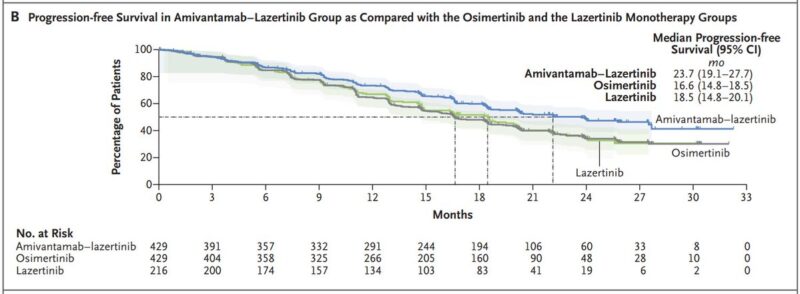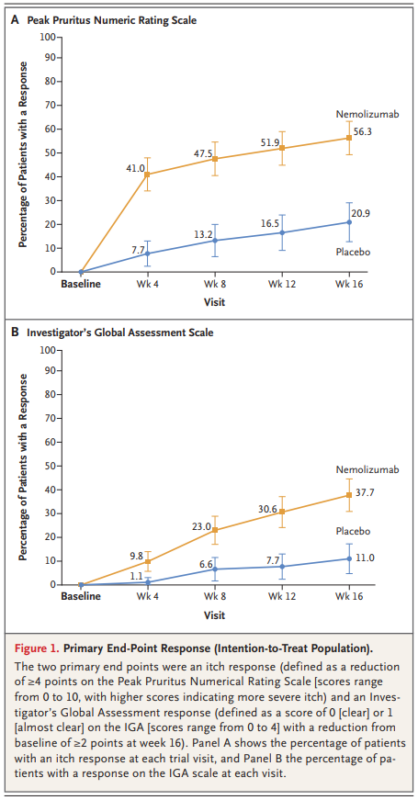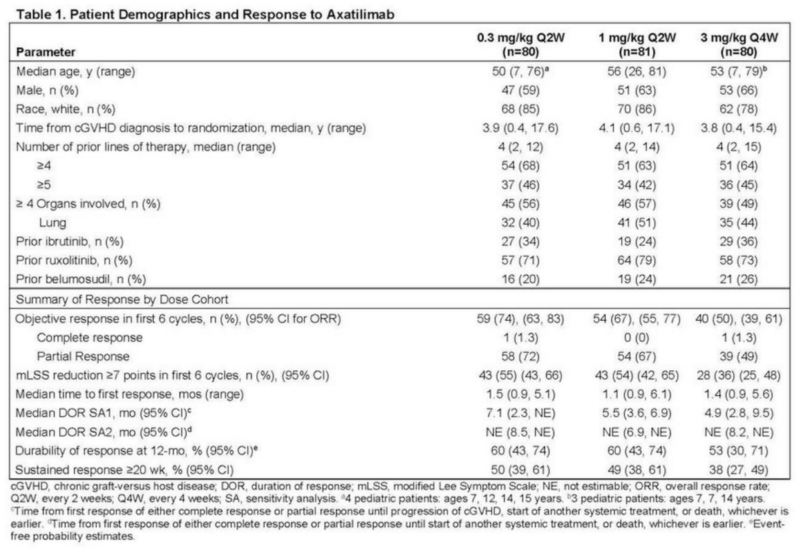Samuel Hume, Researcher at the University of Oxford, recently shared on X:
“The FDA approved 4 new drugs in the last fortnight – what are they?
1. Lazertinib: a mutant EGFR inhibitor for advanced, EGFR-mutated non-small cell lung cancer.
It was approved on the basis of this phase 3 trial, which showed that Lazertinib and Amivantamab (an EGFR-MET bispecific mAb) was better than the previous 1st-line therapy, Osimertinib (also a mutant EGFR inhibitor) Amivantamab, which is also FDA-approved, was added to anticipate resistance to Lazertinib, which usually occurs via EGFR or MET alterations.

2. Nemolizumab, an IL31R-α monoclonal antibody, to treat prurigo nodularis – an extremely itchy, immune-mediated skin condition that also causes neuropathic pain.
This adds to the other FDA-approved therapy, Dupilumab, an IL4R mAb – although the head-to-head trial hasn’t been done yet Nemolizumab was approved on the basis of this phase 3 trial, which showed an improvement in itch and skin appearance vs. placebo.

3. Axatilimab, a monoclonal antibody that targets CSF-1R on activated macrophages, to treat chronic graft-versus-host disease that hasn’t responded to two previous therapies (like corticosteroids).
Graft-versus-host disease is a condition that can complicate stem cell transplants, where immune cells from the donor (the graft) attack the recipient’s (the host’s) tissues Axatilimab was approved on the basis of this phase 1/2 study, and improved symptoms even in this heavily pretreated patient group.

4. Seladelpar, a PPAR-δ agonist, for primary biliary cholangitis – an autoimmune disease of the liver Seladelpar becomes a first-line option in combination with the mainstay of therapy, ursodeoxycholic acid.
Seladelpar was approved on the basis of this phase 3 trial, which found an improvement in biochemical markers of primary biliary cholangitis, as well as itch.”

Source: Samuel Hume/X
